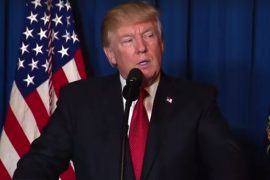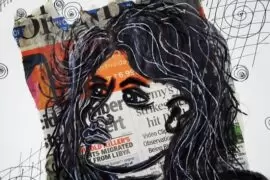In the Central Hall of the Indian Parliament, a portrait of Birsa Munda shows him poised with a bow and a quiver of arrows. His right arm is bent at an angle, with his hands clenched into a fist. Since 1989, this is the only portrait of a tribal leader in the Indian Parliament.
In Birsa’s home state of Jharkhand, his statues and icons are markedly different – the renowned tribal leader is instead depicted in chains. In 2016, an order came from the Chief Minister’s office to unchain the tribal leader in all of his images, as it was becoming difficult to explain his bondage to youngsters and children. For many, he is a tribal hero of the freedom struggle – who led an insurgency against the British presence in Jharkhand.
For his fight against the British, Birsa was arrested and died in prison. It was the right material for the making of a nationalist hero – a martyr in Tribal’s shoes. But later studies on the Adivasi movements of Jharkhand found that Birsa’s real chains were the narratives built around him.

Copyright©Madras Courier, All Rights Reserved. You may share using our article tools. Please don't cut articles from madrascourier.com and redistribute by email, post to the web, mobile phone or social media.Please send in your feed back and comments to [email protected]











